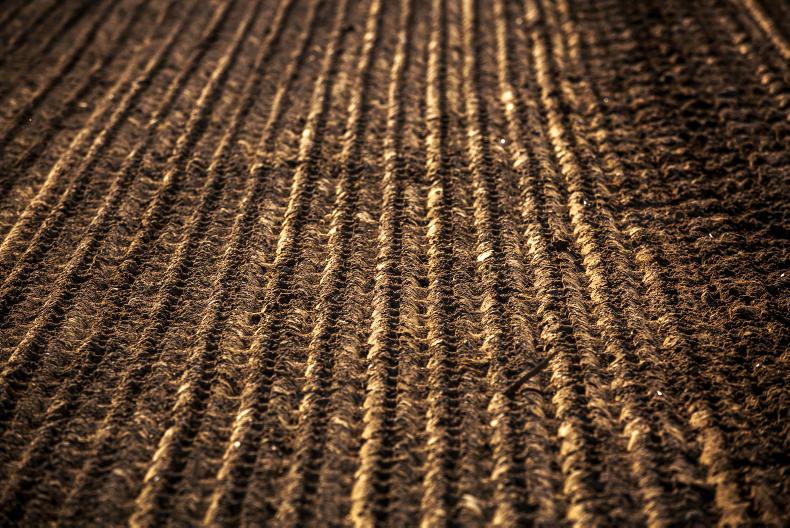Broken weather dictates planting
October has become a relatively safe planting time for most of the country but this might still be a bit later for further south. Rainfall amounts are very variable and are impacting on ground conditions.
Some people had planting opportunities, depending on showers and rainfall amounts, over the past week but unfortunately the outlook is still for broken weather. In this scenario keep the drill close to the plough or the cultivator for when an opportunity opens up.
There is no right or wrong for sowing either wheat or barley first – the field and rotation will be the main factors in that decision. But oats should be sown later to minimise the increasing problems of mildew and crown rust.
Many areas in the south and east are only on, or less than, about 60% of annual rainfall to date. This would suggest that there could still be some significant rainfall so one should not pass on any reasonable planting opportunities.
Soil testing
It is essential to have up-to-date soil tests to guide optimum fertiliser use on crops. Where you know a field is low in P and K it is important to get some into the seedbed to sustain autumn growth to drive yield potential. This may be even more important for winter barley than for wheat or oats. More P or K can be applied in spring time to balance requirement or to help build soil fertility.
However, the legal time for applying P has passed so only organic sources can now be used, up the middle of October for slurries. But remember that lime is the most important thing to have right, especially for barley, rape and beans.
Fields destined for spring crops should be soil sampled now before land gets too wet and the samples sent away for analysis so the results will be available in good time.
Planting
Target wheat and/or barley first in safe rotational slots but those further south and closer to the coast might slow planting progress for another week or so. The weather may dictate this either way. Even where Latitude is to be used (needed), it is safer to delay planting date to the second half of October.
Drill conventional winter barley at up to 350 seeds/m2 or 157-196 kg/ha (10-12.5 st/ac) for 45-56g thousand grain weight (TGW) seed. It is very useful to have an idea of the TGW or your seed from your supplier as there can be very significant variation.
Drill early winter wheat at 180-200 seeds/m2 which is around 100 kg/ha (6.5 st/ac) for 45g seed where establishment is likely to be good. Hold off on oats for another week or so.
Now that we are in October there is unlikely to be major differences as to the suitability of individual varieties for early drilling. In general the best ones are best regardless of sowing date.
But guidance on the TGW of seed can be very useful as excess plant density will lead to increased lodging pressure and disease. And higher seed rates are not a substitute for poor seedbeds, especially where slugs or crows are likely to be a problem.






 This is a subscriber-only article
This is a subscriber-only article










SHARING OPTIONS: